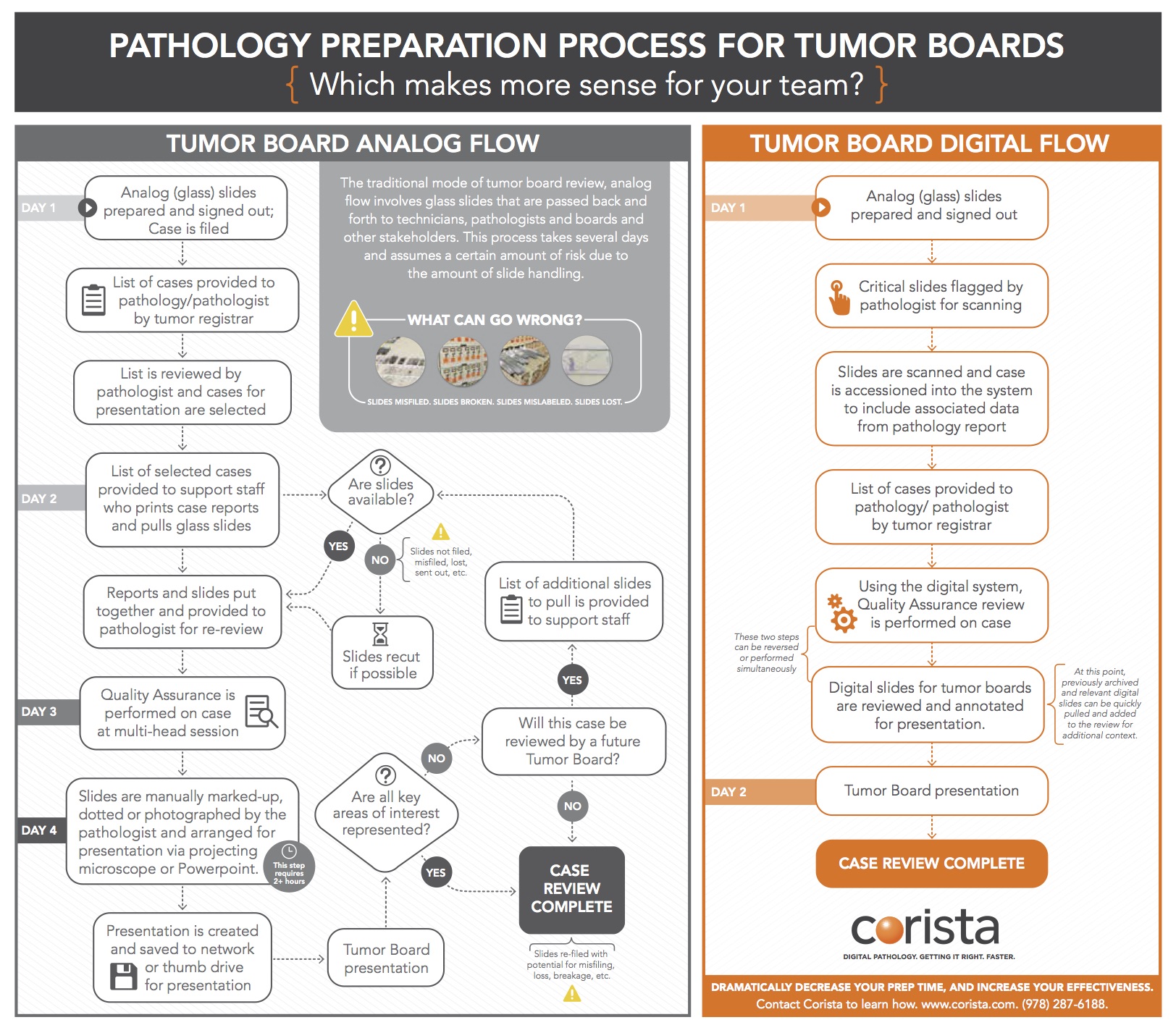News of Rita Wilson’s announcement that she had breast cancer and underwent a double mastectomy has been spreading across media and social media outlets. Anytime a celebrity, vis-à-vis Angelina Jolie or Suzanne Summers or Edie Falco (who played the fictional wife to Tony Soprano) makes public their diagnosis and treatment, the popular media has an opportunity to share their stories with millions of women. Their support promotes breast cancer awareness and early diagnosis and treatment via their publications or on air.
Posted by Keith Kaplan, MD, Chief Medical Officer on Thu, Apr 16, 2015 @ 11:45 AM
Read MoreCut Waste and Increase Quality of Care with New Technology
I’m sure you’ve thought about it. Every time a package arrives at your pathology practice, it represents a patient anxiously waiting for results at the other end.
What would happen if you could significantly reduce the time it takes to return an opinion? How would your practice benefit if you could reduce the costs involved?
Posted by Robin Weisburger on Tue, Mar 31, 2015 @ 12:50 PM
Read MoreTumor boards are a critical component of a patient's diagnostic and treatment processes, and pathology participation in these discussions is vital. However, the traditional process required to prepare pathology data and images can be laborious and time consuming.
Posted by Elizabeth Wingard on Tue, Feb 24, 2015 @ 01:21 PM
Read MoreAs a medical student/intern/resident in the early to mid-1990s, most of the pathologists I was exposed to in a university/medical center setting were pathologists who were-first and primarily-general pathologists, general surgical pathologists and clinical pathologists. Everyone did everything in terms of surgical pathology subspecialties, with a few notable exceptions (bone marrow examinations and liver biopsies, depending on the nature of the case and the particular pathologist assigned the case). In addition, the staff pathologists I worked with also covered some area of the clinical laboratory and were responsible for any issues referred from house staff during evening and weekend call.
Posted by Keith Kaplan, MD, Chief Medical Officer on Tue, Feb 17, 2015 @ 11:23 AM
Read MoreTumor boards were created with worthy objectives in mind – to share knowledge, improve current patient care, and prepare/educate residents & fellows for their future practices. Tumor boards are also a requirement for cancer center accreditation, hence a necessary cost of doing business.
Preparing for tumor boards, however, is too often an onerous task fraught with time delays, rework, and cumbersome, inflexible presentation methods. After your support staff pulls reports, retrieves slides, and brings them to you, do you spend hours photographing and taking notes of the key points you then load into a PowerPoint to present for each case? Do you ever get to your tumor boards and find that another view of the slide might better answer the clinician’s question?
Posted by Robin Weisburger on Tue, Feb 10, 2015 @ 09:55 AM
Read MoreWhen reviewing previous slides for your patient’s current case or when preparing for tumor boards, are you spending precious time and resources having your staff retrieve or recut slides? Do slides get lost or damaged causing more delays in your ability to expedite your case? Management of slide and block archives is a challenge for all anatomic pathology laboratories. How can implementing a robust digital pathology program help you make the best use of your time and resources?
Posted by Robin Weisburger on Tue, Feb 03, 2015 @ 09:27 AM
Read MoreEver had a good idea that you wanted to see implemented in your organization? Ever had that idea actually implemented and succeed and make a difference? Or have some of those ideas been criticized by personal attacks, death by delay, folks making excuses that the problem that needs to be fixed does not exist or that the solution was tried before and did not work?
Posted by Keith Kaplan, MD, Chief Medical Officer on Tue, Jan 13, 2015 @ 11:56 AM
Read MoreIn a previous blog post, we shared key steps to a successful digital pathology system implementation. This is the second article of a two-part series designed to assist you in managing the whole process.
Posted by Robin Weisburger on Tue, Dec 16, 2014 @ 10:34 AM
Read MoreA successful digital pathology system implementation depends upon careful planning and commitment. Most pathologists are hesitant to move from the gold standard of glass slides to a digital image-based platform. Today, however, whole-slide scanners can provide high quality images that allow pathologists increased flexibility for case management and collaboration with other pathologists. As the technology continues to grow, digital pathology will soon become the new gold standard.
Posted by Robin Weisburger on Thu, Dec 11, 2014 @ 10:07 AM
Read More"Rather than taking an overall leadership role in the continuous improvement of the health care delivery system, too many medical professionals either ignore the problems of the system in order to concentrate in their own specific practices or focus their energies and talents on protecting the status quo."
Posted by Keith Kaplan, MD, Chief Medical Officer on Tue, Dec 02, 2014 @ 12:21 PM
Read More










